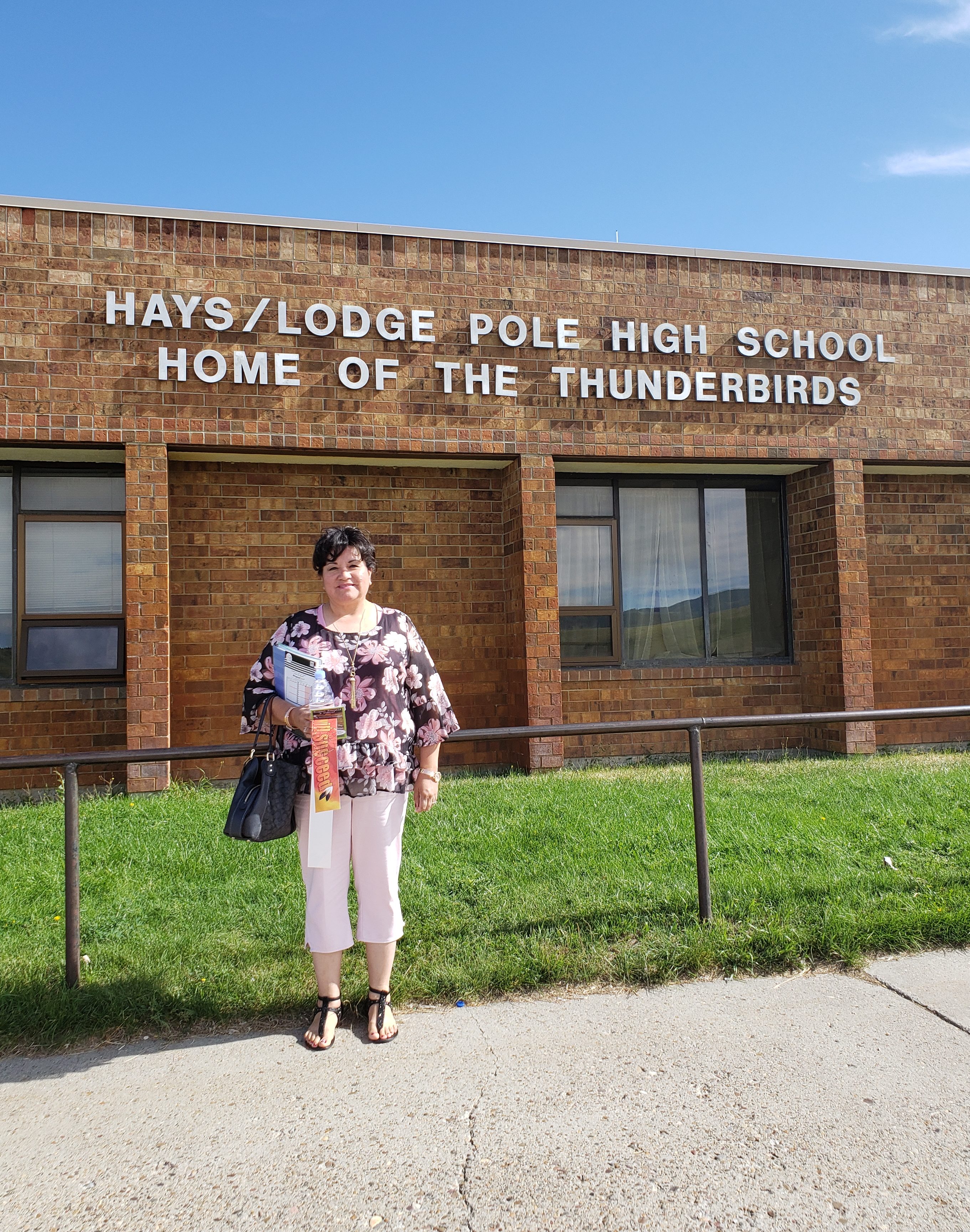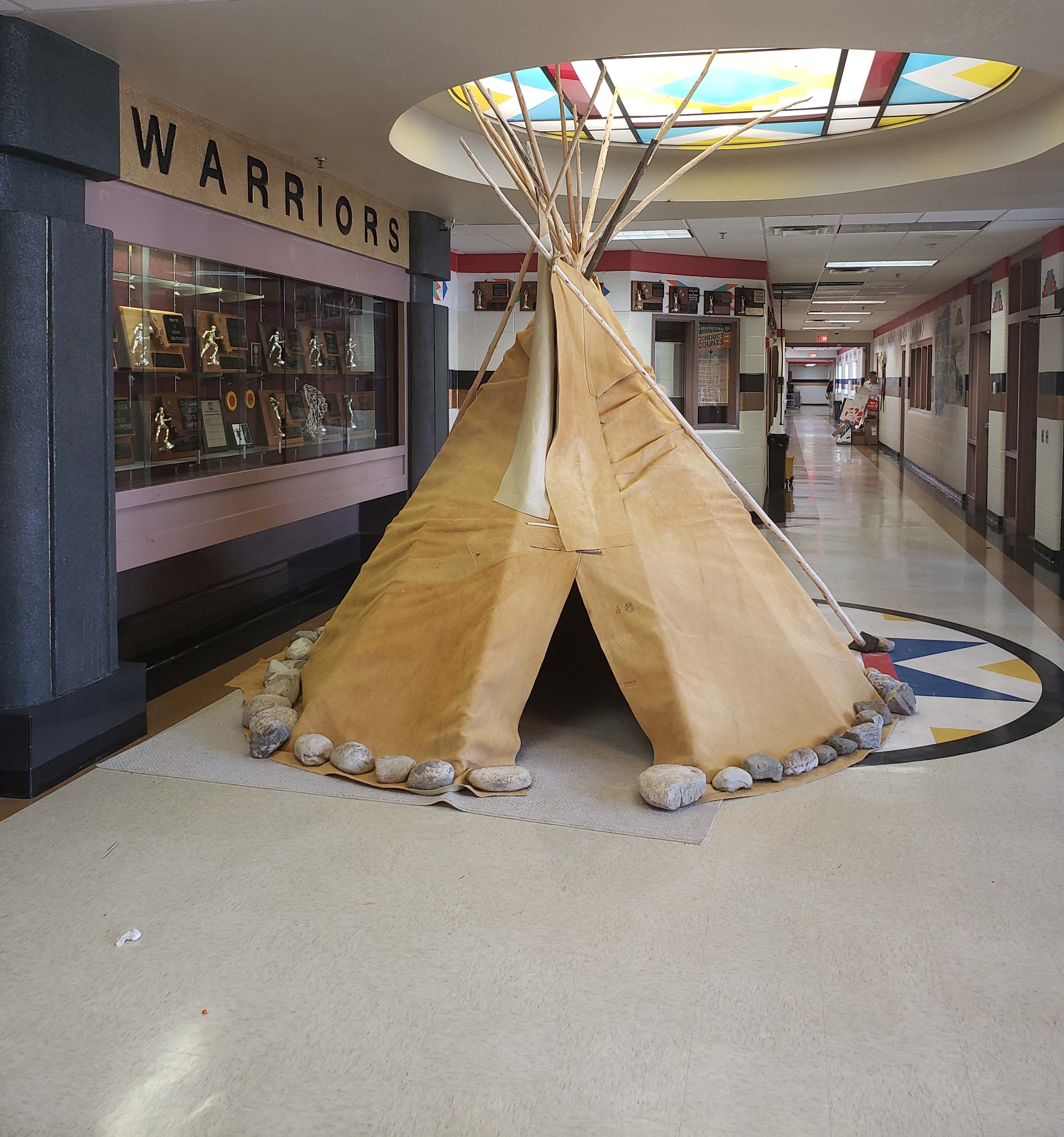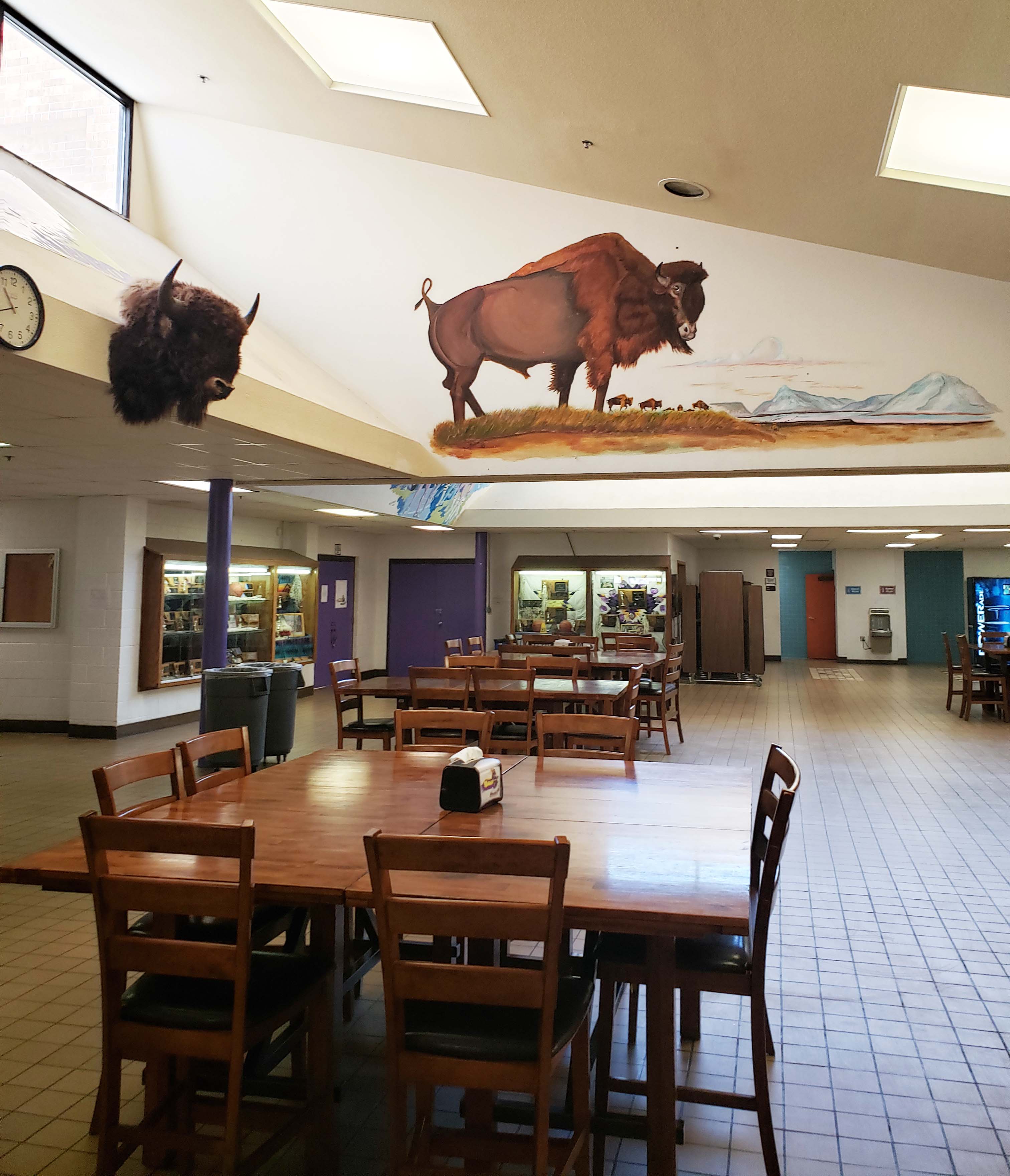
Where We’ve Been
September 2019
Technical Assistance Site Visit on Montana’s Hi-Line
Last month, director of programs and policy, Cori Matthew (Salish/Blackfeet), and family engagement specialist, Barbara Gladue (Anishinaabe), worked with Montana Office Public Instruction (OPI) Systems of Care Wraparound Project to visit schools and visit stakeholders across the state of Montana. We want to share some of our recent work related to mental health issues, like suicide, in tribal communities in honor of Suicide Prevention Month.
In a state that is leading the country in suicide prevention, Montana has high priority schools where families and children still aren’t accessing services. Stepping into school communities, NICWA’s goal is to center Native students and support systems of care efforts to provide services and supports for youth that are family-driven and youth-guided and fit the cultural needs of each child and family. Alongside one of the best wraparound programs—MT OPI staff, NICWA staff visited eight school communities.
We spent four days meeting with tribal councils, on and off reservation school administrations, and key stakeholders to help identify the needs and strengths of school communities for the Blackfeet, Fort Peck Assiniboine & Sioux, Northern Cheyenne, Fort Belknap Assiniboine & White Clay, and Crow communities.
Today, schools are pushing to be trauma informed. School administrations are beginning to incorporate restorative practices in their schools like positive mentors and suicide prevention programs. In cases where a lack of parent involvement and drug use are factors in suicide, school districts can play an important role for the youth in their communities.
Some schools provide culturally specific school-implemented practices, like morning smudging circles and equine therapy. Hays Lodgepole School, on the Fort Belknap reservation, keeps doors open all year for a place that kids can go to when they are in need.
In Heart Butte Schools, efforts are being made to encourage a healthy, positive identity of self. Every class has an eagle feather, and youth use it as a hall pass. When a student is in the hallway with their eagle feather, others know they have a meaningful place to go and that they will return to class.
A strength we observed was the role and community of wrap facilitators in schools. Wrap facilitators provide peer-to-peer communication to brainstorm how to engage youth in self-advocacy within varying districts and schools. Wrap facilitators can sometimes be the only resource for a youth in the building and their schedules are often maxed out. Self-care is on the agenda in their routine calls. One barrier we observed occurs when students transfer schools and/or districts. Schools aren’t set up to maintain positive relationships with youth once they transfer out of their staff’s care, and wrap facilitators are integral to maintain a connection with youth and their families.
We value helping the helper. As one of our core technical assistance values, we wanted to make sure to do just that. Throughout the week, we asked how each community and stakeholder is making systematic changes to actively break down silos to support staff effectively and help prevent staff burnout. The wrap coaches identified trainings, like grief and loss training, that wrap facilitators and staff members need in order to be successful in the work they are doing to support Native youth. Technical assistance is built on the Relational World View model. During visits like this, we look at how relationships within every community work together when serving youth. With the addition of relationships, culture is our strongest resource for helping youth and their families. Having a strong cultural identity helps Native youth thrive.
It was so amazing to hear and see how great the wrap facilitators are doing and making a difference for the youth and families. Stephanie Iron Shooter, who leads the OPI Tribal Wraparound Initiative, said she would love to have a wrap facilitator in every single school in Montana.
Read more about NICWA’s work to promote Native youth well-being by reading our Latest News.

Hays LodgePole School Wrap Coordinator at Hays LodgePole High School, Fort Belknap Indian Community, home to Assiniboine and White Clay Tribes

Heart Butte School, Blackfeet Tribe

Community Space at Hays Lodgepole School, Fort Belknap
